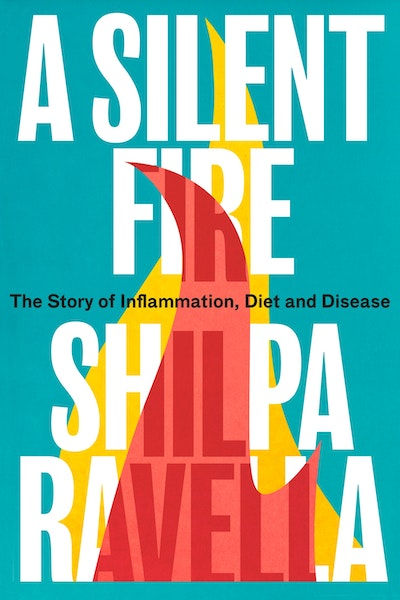A Silent Fire: the Story of Inflammation, Diet and Disease
- Spartan Stoic

- Jun 9, 2023
- 3 min read
By Shilpa Ravella
Ravella is a transplant gastroenterologist with expertise in nutrition. This is a readable popular science book, helping to provide an explanation and exploration of how inflammation works and what is fact and fiction.
The book takes a commonly used approach: interspersing some of the history of inflammation, of how science developed to understand its workings, to featuring stories of prominent figures such as Nobel Prize winners such as Metchnikoff and Ehrlich. The former exploring macrophages, the latter discovering the antibody. Much of the book takes on a very readable but scientific approach: explaining the key discoveries and aspects of inflammation. Anecdotal stories, such as Olivia with Crohn’s disease or Emily with wheat sensitivity, were also included usually to shape a chapter around the particular working of an aspect of inflammation, food or disease.
Most modern drugs do nothing to foster resolution – and some actively disrupt it. NSAIDs, for example, lower the amplitude of inflammation, decreasing redness, heat, swelling and pain, but they also delay resolution. The quieter inflammation may linger longer in the body, hidden from view. The exception is aspirin, which blocks inflammatory mediators but also triggers the production of some pro-resolving mediators. Aspirin, with its roots in ancient medicine, is one of the few modern drugs with the ability to both dampen and reverse inflammation. (Pp.125)
Ravella’s writing style works very well. Scientific terminology is explained without being patronizing, nor is it tedious or prolix. As is normal with a book like this, there are inevitably some grey areas or things we still have to learn about inflammation, but Ravella did a good job of signposting these and moving swiftly on.
What do we learn about inflammation?
So what do we learn from the book? The problems that antibiotics can interrupt the normal functioning of the gut biome, usually returning to normal afterwards. We learn that immunity is contextual, functioning with the outside environment in a varied manner:
immune response is dictated by multiple influences, challenging the old view that a mechanical lock-and-key match between the antibody and a noxious antigen, a mere recognition, is in itself enough to ignite a specific immune response. (pp.252)
Fibre and nutrients from whole plants are important. Eating methods – eating meals and snacking throughout the day, without periods of hunger – contrast with hunter-gatherer eating styles where fasting can have a whole host of beneficial effects including alleviating inflammation. The mild stress of fasting shifts the body towards repair rather than growth. (pp.255)

Exercise too, means that although inflammation briefly increases (this is partly how we build muscle) before returning to normal. Intense exercise leads to more inflammation, but exercising regularly can help to tone down chronic, low-level inflammation.
Yoga, and the interesting study of ‘rat yoga’ where a rat is held in a certain position, shows similar effects to anti-inflammatory. It’s a common pattern in this book that although some learnings were perhaps unsurprising – such as exercise, yoga and movement helping to reduce inflammation – they often have interesting insights within them. For example, exercising too much can increase the risk of chronic, hidden inflammation, but even steady and moderate exercise such as long walks can help with inflammation.
Final Score
This book is readable enough and often not extremely surprising. I did find it gave me a good understanding of inflammation, the immune system, and the relationship with eating and exercise habits. Good for anyone who wants to learn more about inflammation. People generally interested in popular science or eating habits might want to check it out too.
7/10



